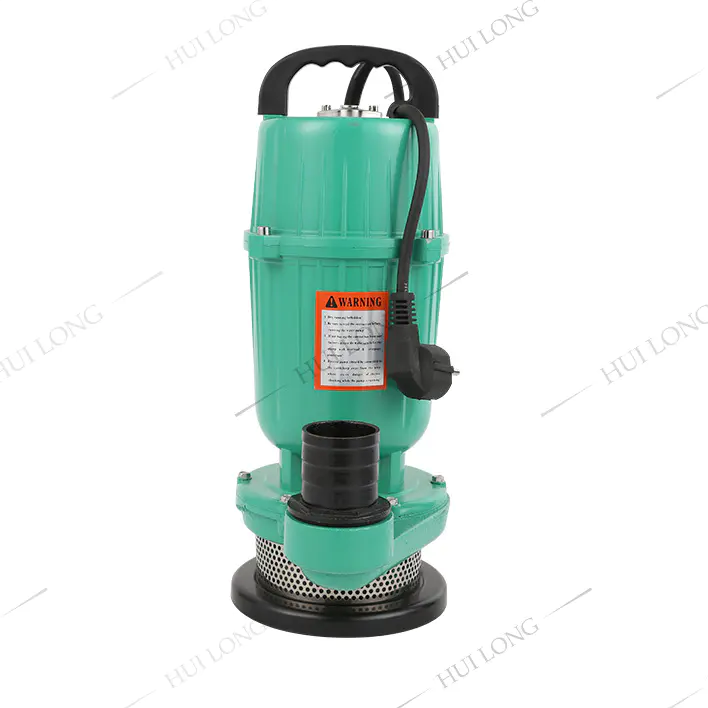A submersible pump is a type of equipment designed to operate while fully submerged in the liquid it is intended to move. Its unique construction allows it to function underwater, making it suitable for a wide range of applications, including drainage, sewage handling, deep well pumping, and industrial fluid transfer. The performance of a submersible pump depends on several key factors, each contributing to the efficiency and reliability of the system.
One important aspect of submersible pump performance is its motor design. Since the pump operates entirely underwater, the motor must be sealed properly to prevent water from entering. A well-sealed motor housing ensures stable operation and helps avoid electrical malfunctions. Additionally, the motor should be capable of handling the specific pressure and flow requirements of the intended application.
The impeller is another crucial component affecting a submersible pump’s performance. This rotating part is responsible for creating the force needed to move the liquid through the pump and out of the discharge pipe. The shape, size, and material of the impeller directly influence the pump’s ability to handle liquids with various densities, temperatures, or solid content. Regular inspection and timely replacement of worn impellers help maintain consistent output and prevent operational issues.
Sealing systems play a vital role in protecting both the motor and internal parts from water intrusion. A reliable sealing structure reduces the risk of leakage and extends the pump’s operational life. Mechanical seals, O-rings, and gaskets should be carefully selected and maintained to suit the operating environment, whether it involves clean water, wastewater, or corrosive liquids.
The pump casing also affects overall performance. It not only houses the impeller but also directs fluid flow and maintains pressure balance within the pump. Durable materials such as stainless steel, cast iron, or engineered plastics are commonly used to construct the casing, depending on the application’s requirements.
Power consumption is another consideration when evaluating submersible pump performance. The relationship between motor power, flow rate, and head height determines operational efficiency. Selecting a pump model that matches the site conditions and workload helps optimize energy use and minimize unnecessary strain on the system.
In summary, the performance of a submersible pump is influenced by the quality and condition of its key components, including the motor, impeller, sealing system, and pump casing. Regular maintenance and part replacement are essential to sustaining reliable operation and consistent fluid handling. By focusing on component performance and compatibility with specific working environments, users can achieve stable and efficient pumping operations over time.
